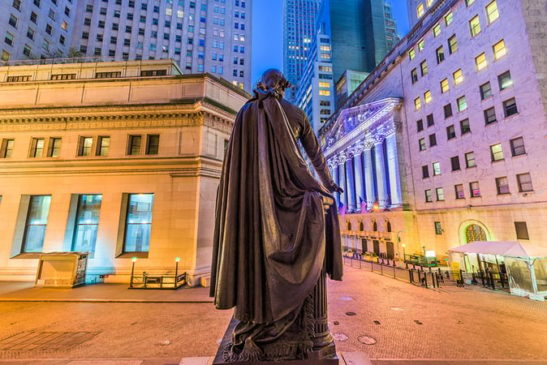His positive outlook primarily stems from his belief that the Federal Reserve has concluded its interest rate hikes. Over the past 20 months, central bankers have implemented a 525 basis points increase to counter inflation, a measure that negatively impacted stocks in 2022.
However, with inflation significantly cooling from the highs observed last summer, as reflected in the Consumer Price Index report, which indicated a year-per-year price increase of just 3.2% in October, below the anticipated 3.3% rise.
The surge in Bond Yields
The argument for the Federal Reserve to cease interest rate hikes is further bolstered by the recent uptick in bond yields. Last month, the yield on the 10-year US Treasury briefly exceeded 5%. Elevated bond yields impact other interest rates in the economy, contributing to a tightening of financial conditions. Speaking to Bloomberg, Orlando said:
“The bond market’s done the heavy lifting for [the Fed] since the last Fed rate hike in July. That gives the Fed the luxury, in my view, to step back and say, you know what, we don’t have to hike any more. We can just sit here on the sidelines for the next year and allow the gradual slowing of inflation to occur.”
The CME FedWatch tool currently indicates an 81% probability that the Federal Reserve might decrease interest rates in the first half of the coming year, as reflected in market pricing. In November, equities experienced an upswing as investors evaluated a more optimistic rate outlook.
The S&P 500 has advanced by 7% in the last month, hovering around 4,535 on Monday. Phil Orlando, Chief Equity Strategist at Federated Hermes, suggests that this rally could persist into 2025 and 2026, particularly if the upcoming election cycle promotes business and fiscal policies perceived as favorable to the market.



